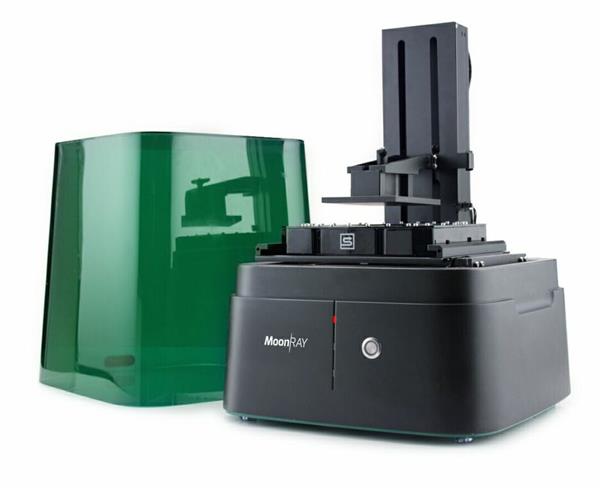
Author: ananya kondiparthy

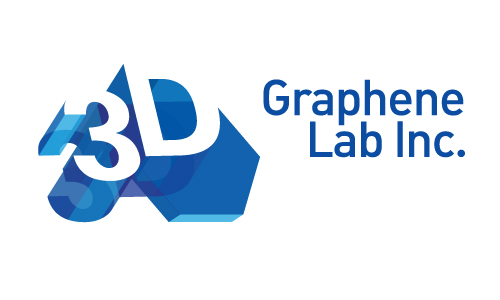
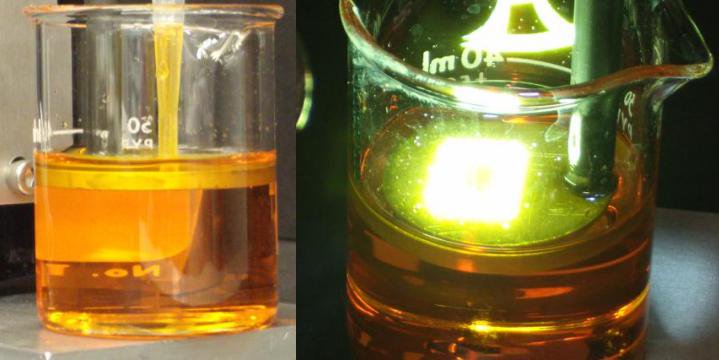
Low cost 3D printing, Missouri teacher builds 3D printer with $20 !
April 28, 2015
No Comments
Read More »
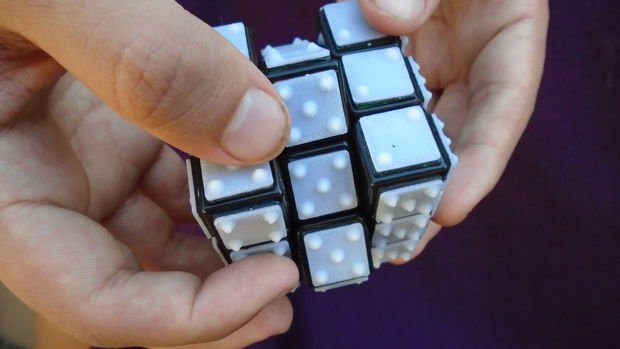

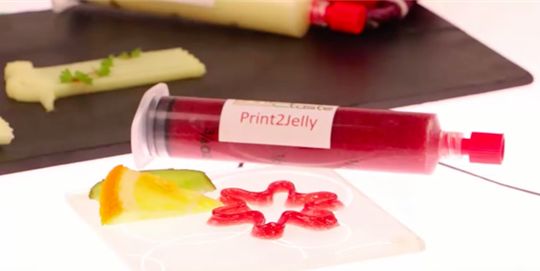
German startup claims to resolve major food 3D printing challenges
April 25, 2015
No Comments
Read More »
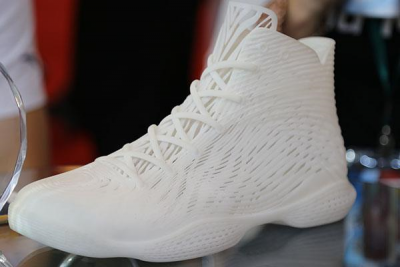
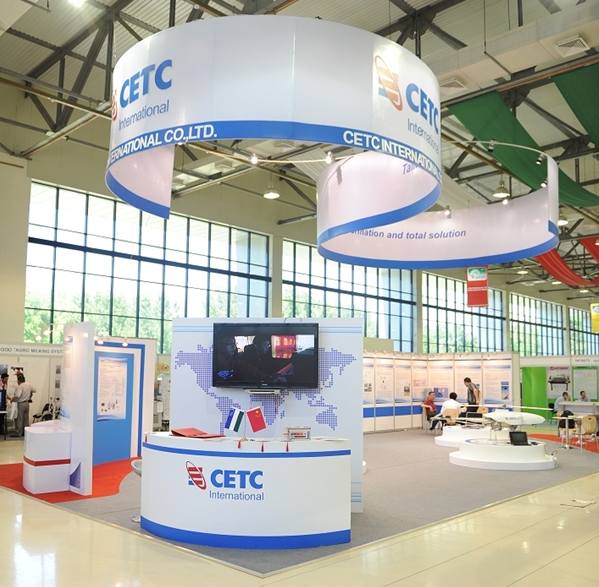
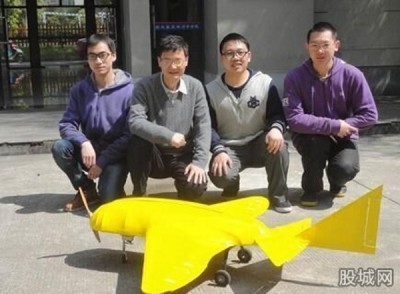
Researchers set to prove if aeroplanes existed during Mayan Civilization
April 23, 2015
No Comments
Read More »